Nestled in the heart of Abu Dhabi, the capital city of the United Arab Emirates (UAE), rises a monument of unparalleled beauty and grandeur: the Sheikh Zayed Grand Mosque. This architectural masterpiece not only serves as a testament to the Islamic faith but also stands as a symbol of the seamless fusion of diverse cultures and the embodiment of peace and tolerance.
Historical Genesis
The genesis of the Sheikh Zayed Grand Mosque is inseparable from the visionary leadership of the late President of the UAE, Sheikh Zayed bin Sultan Al Nahyan. Driven by a profound vision, he aspired to erect a structure that would encapsulate the rich tapestry of the Islamic world's cultural heritage while embracing both historical traditions and modern values of architecture and art. Commencing its construction in 1996, the mosque reached its zenith of completion in 2007, marked by a momentous inauguration that signaled the dawn of a spiritual sanctuary.
.jpeg)
Architectural Splendor
Crafted under the visionary guidance of Syrian architect Youssef Abdelki, the mosque's architecture is an exquisite fusion of Mameluke, Ottoman, and Fatimid styles, echoing the echoes of the Islamic world's diverse legacy. Adorned with 82 majestic domes, over 1,000 resplendent columns, and resplendent 24-carat gold gilded chandeliers, the main prayer hall is graced by one of the world's largest chandeliers. Moreover, the awe-inspiring interior boasts the world's largest hand-knotted carpet, a masterpiece woven by the skilled hands of 1,200 artisans.

Design and Construction
The mosque stands as a testament to the seamless integration of traditional craftsmanship and contemporary techniques. The meticulous employment of multi-colored marble, intricate glasswork, and mosaic tiling reflects a heritage of artistic innovation that transcends time. Rising majestically to a towering height of 107 meters, the minarets embody a fusion of architectural styles from diverse Islamic empires, symbolizing the unity amidst the rich tapestry of Islamic culture.
Read: Unveiling the Süleymaniye Mosque
Cultural and Religious Significance
Beyond its role as a sacred sanctuary, the Sheikh Zayed Grand Mosque serves as a beacon of knowledge and enlightenment. Enshrining a library replete with invaluable Islamic works, it fosters a nurturing environment for educational and cultural exchange. Serving as a bridge between disparate cultures, it facilitates dialogue and mutual understanding, transcending the boundaries of religion to embrace the shared humanity that unites us all.
Read: A Symbol of Transcendent Majesty and Cultural Fusion
Reflections on Tolerance and Unity
The significance of the mosque transcends its physical presence, embodying a timeless journey through the annals of history, a canvas adorned with the vibrant hues of cultural synthesis, and a narrative that celebrates the inherent strength found in diversity. Amidst a world plagued by the shadows of intolerance and division, the mosque stands as a towering symbol of hope and resilience. It beckons humanity to embrace the transformative power of unity, urging us to forge bonds of understanding and respect that transcend the barriers of creed and culture.
Read: A Testament to Islamic Heritage
Conclusion
In essence, the Sheikh Zayed Grand Mosque is not merely an architectural marvel; it is a testament to the indomitable spirit of humanity, a testament to what we can achieve when we choose to build bridges instead of walls. As we stand on the threshold of a new era, let us draw inspiration from the mosque's timeless message of tolerance and unity, striving to create a world where the beauty of coexistence reigns supreme, and the echoes of harmony resound far and wide.



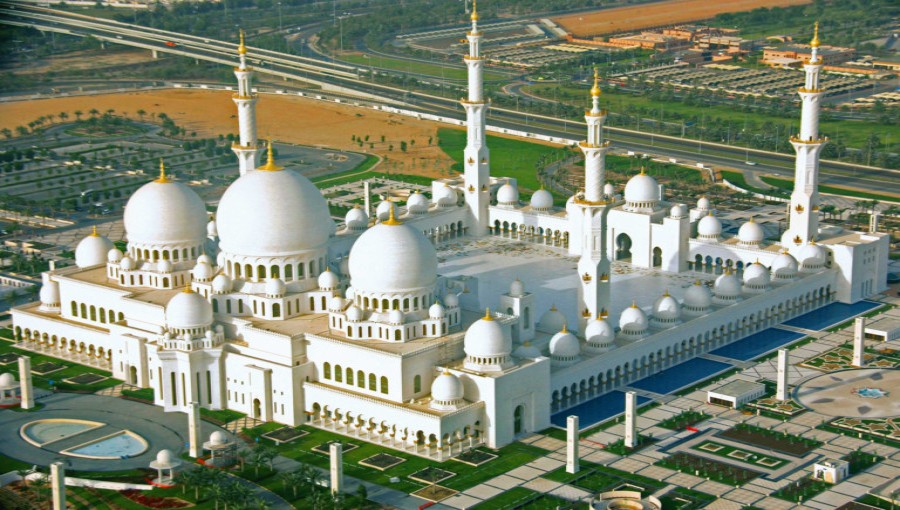













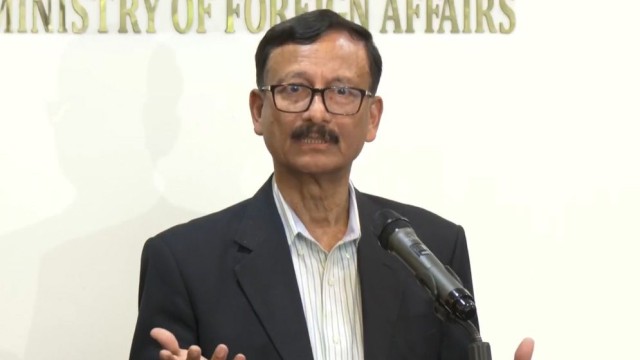

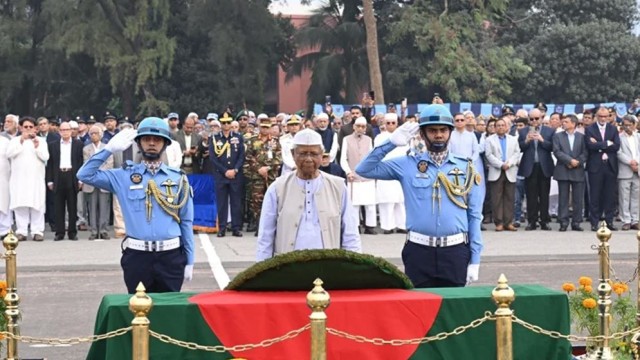






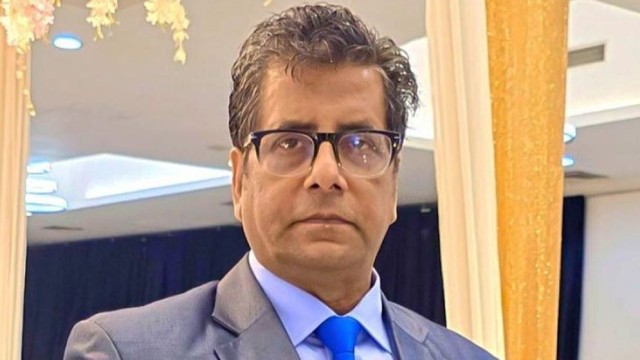


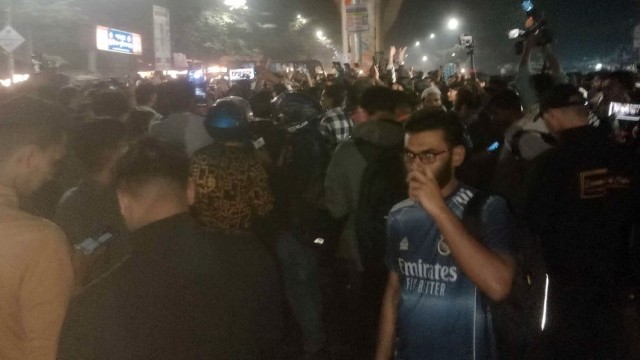

Comment: